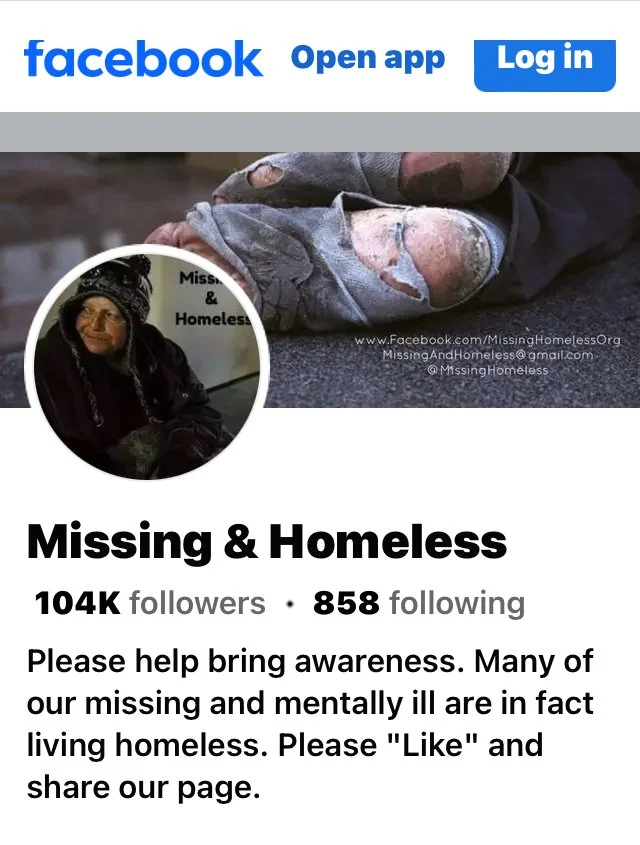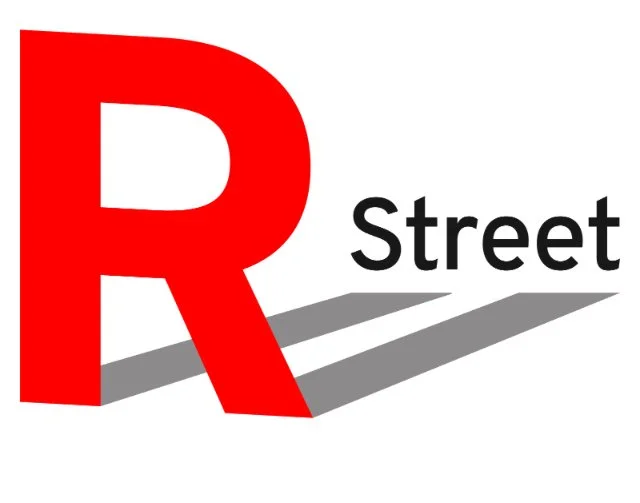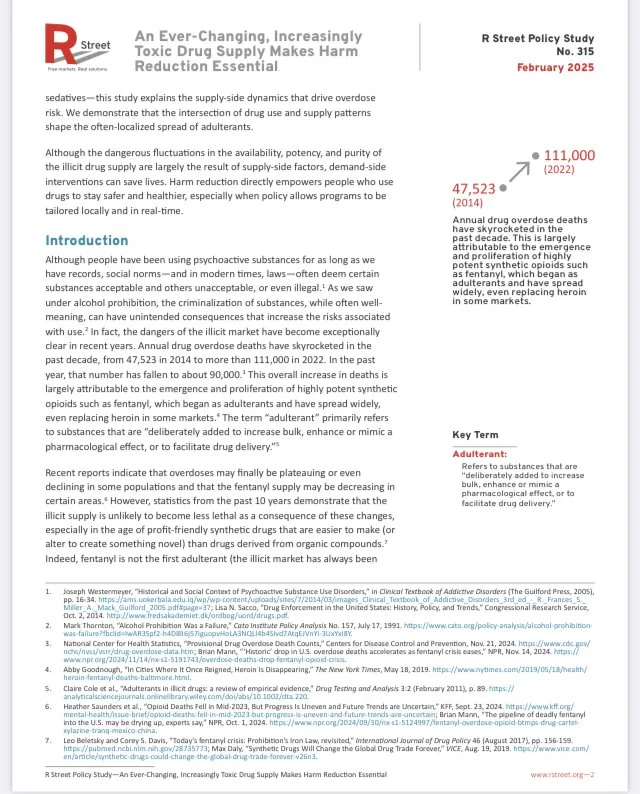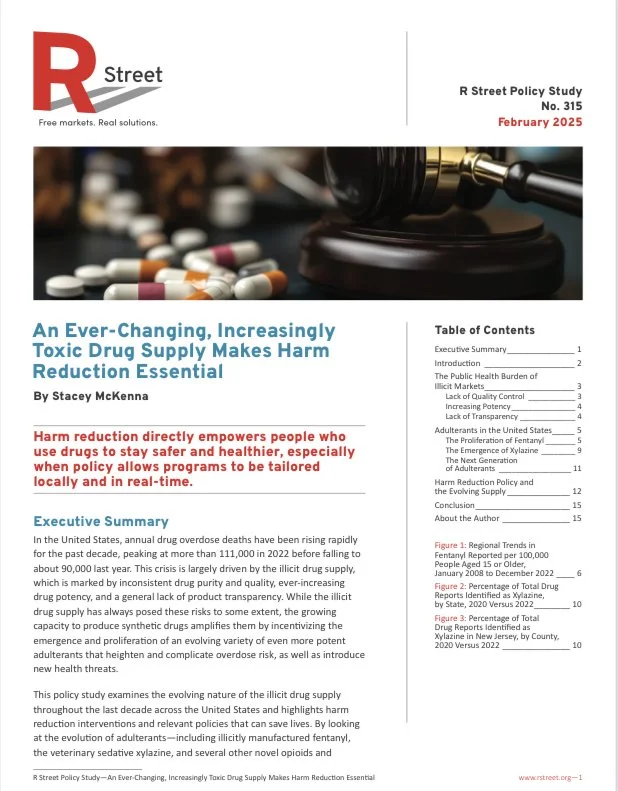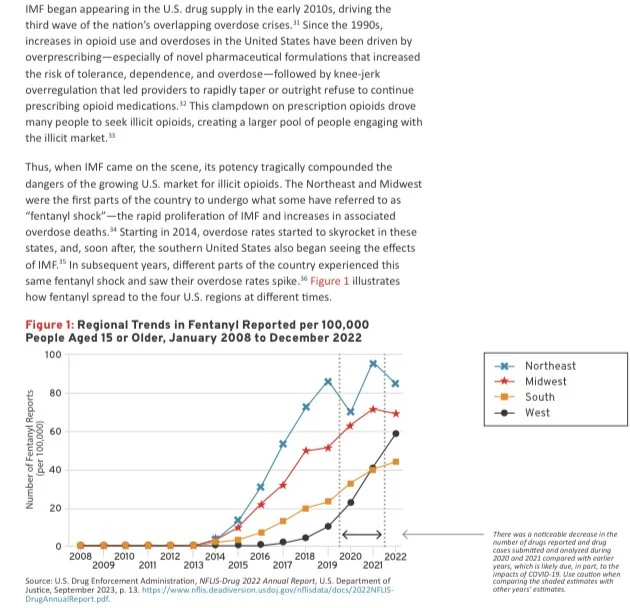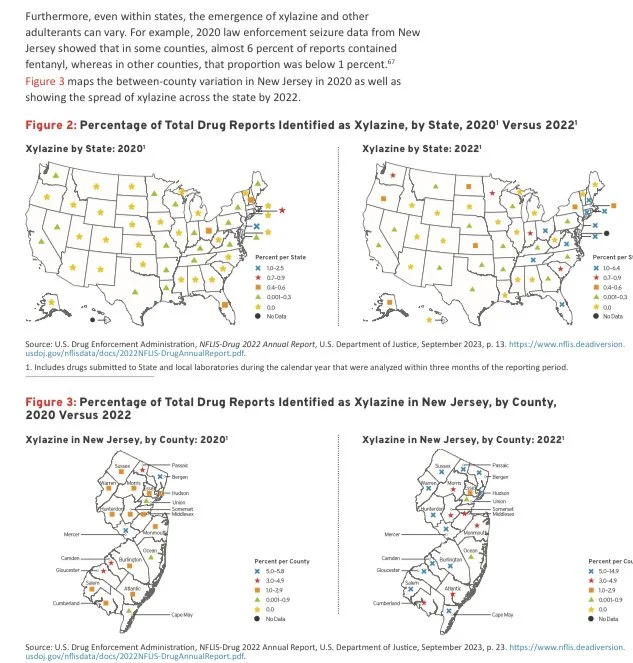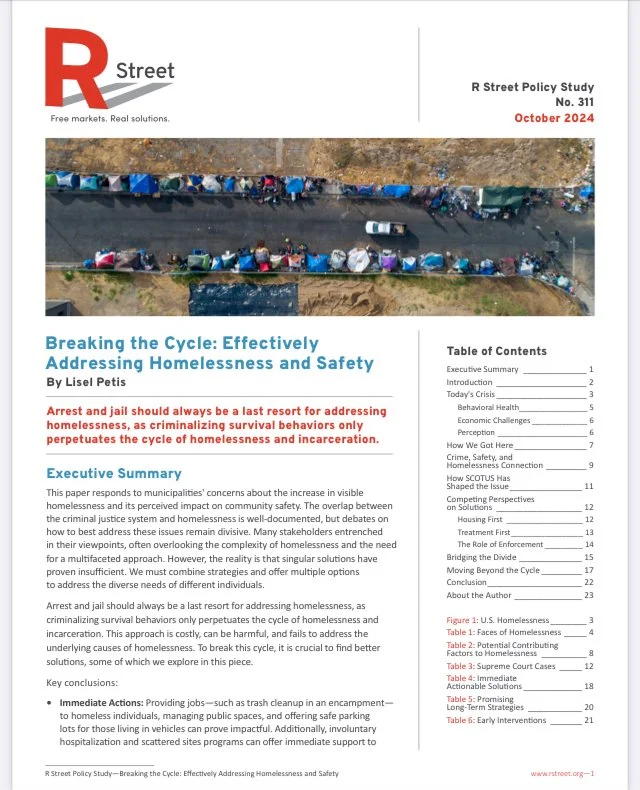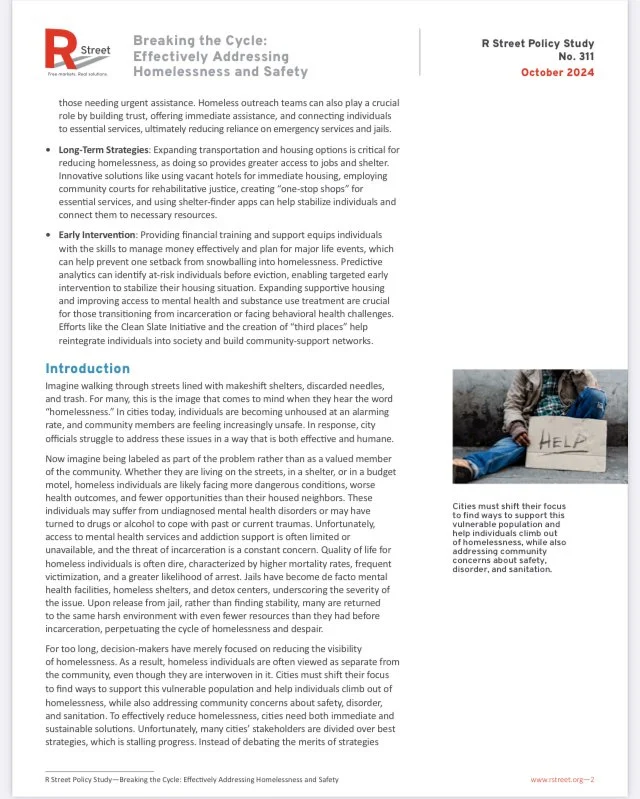HOUSELESS Disappear. Nuthin’ to See Here… or is there? Illicit Drug Use or …?
HOUSELESS | Not just “Invisible People” — but disappearing? Nuthin’ to See Here? Or is there? …
When I started the research and verification process of the multiple sources quoted below, it reminded me of writing a treatment and screenplay for a gritty, mystery, sci-fi feature film. Having now finished, I’ve learned it’s neither. Indeed the truth is much stranger than fiction.
Let’s be honest with one another. At some point in our lives we have misplaced our car keys. Misplaced an important file or document. Misplaced a wrench or tool. But human beings? Many of us might draw a line in the sand there.
Ok. That may have sparked some attention of readers. What you are about to read may ring a few bells over the past 5 years of “missing immigrants” — the ones that cannot be found by public employees charged with knowing where they are.
Yes. There is a lot of “noise” which has flooded the internet about that. Many theories have circulated and one “thought” terminating cliche was/is “government oversight failures”. It may well be true — in part.
But now it’s the so-called mysterious “disappearances” of HOUSELESS people who are NOT immigrants. It sounds like the so-called mysterious disappearance of honey bees around 2005 where the colonies collapsed (Colony Collapse Disorder CCD) because their honey gatherer’s “got lost” on their way back to the hives. Ok. I know that’s a bit “out there”. Or is it? Put a pin in that!
Let’s first ask — in respectful deference to the hard working public servants, — what is the benign, innocent answers to these simple questions regarding the HOUSELESS?
“What’s happened to them?”;
“Are these ‘disappearances’ isolated to just one city, just one state?”;
“Are these ‘disappearances’ occurring recently after displacement ‘sweeps’ of HOUSELESS from encampments?
“Are these missing HOUSELESS people migrants who crossed over our borders during from 2020 to the present?
OR IS “SOMETHING” ELSE A REASONABLE EXPLANATION?
Those questions of the mystery surrounding HOUSELESS “disappearances” are not answered in this blog post. What IS presented reveals a disconcerting set of anecdotal — yet factual observations — offered from interviewed HOUSELESS witnesses living on the streets. And these are witnesses who personally “hung with” and knew for a year or more those who have “disappeared”.
Readers are of course encouraged to use Critical Thinking skills to decide for themselves.
Homeless Man Speaks Out | Disappearance of Roundup Victims Sparks Outrage
“… A homeless man has raised concerns over recent government and law enforcement actions, claiming individuals are being rounded up and never seen again. The allegations, made on September 11, 2025, have stirred significant debate across social forums. Critics are worried about the implications for civil rights and the treatment of vulnerable citizens.
What’s Going On?
The unidentified man stated that he knows some who have vanished from public view. "They just disappeared," he stated. Family members are unable to reach them via social media or phone, leading to fears something sinister is at play.
He questioned, "Surely families would be informed if they were taken for rehabilitation?"
In a climate where trust in authorities is dwindling, his assertions of disappearances raise alarm bells. …”
It’s Not New . How Many Homeless are Missing?
“… As of April 30, 2018, there were 86,927 people in the United States listed as missing in the National Crime Information Center (NCIC) at the Federal Bureau of Investigation. There are no statistics available about missing persons and homelessness being a factor in the disappearance. …” SOURCE
Note that NCIC database of 86,297 Is a list only of people charged with a crime. Estimates of migrants who crossed over our borders from 2020 to the present range from 10,000,000-20,000,000 or more. Some were deported. Some self-deported. Most were provided Social Security numbers and received monthly subsidized payments for living expenses and housing. Are any of these people now a part of the HOUSELESS population and included in those disappearing?
It would seem from the witness interviews below that the migrants ARE NOT part of the HOUSELESS in this reported mystery.
FACEBOOK PAGE seeking assistance to fond “missing HOUSELESS”
If this is credible — what is happening?
Is the explanation connected to “Altered street drugs” (i.e., LSD laced ???) causing uncharacteristic behaviors among people who know them? Is this a cause for detentions? Then disappearances? Perhaps it is one plausible explanation. This explanation is presented below in detail. [ It is suggested readers revies the 3,600 comments generated in “just 2 days” since it was posted. The comments are as informative — if not more than the video.]
Please read FULL PDF (15 pages here)
CHANGING BEHAVIOR OF ILLICIT ADULTERATED DRUG USERS AMONG THE HOUSELESS? ARE THEY BEING TARGETED?
SOURCE: “… The term “adulterant” primarily refers to substances that are “deliberately added to increase bulk, enhance or mimic a pharmacological effect, or to facilitate drug delivery.”5
Recent reports indicate that overdoses may finally be plateauing or even declining in some populations and that the fentanyl supply may be decreasing in6 (R Street Policy Study No. 3 15February 2025) certain areas. illicit supply is unlikely to become less lethal as a consequence of these changes, especially in the age of profit-friendly synthetic drugs that are easier to make (or alter to create something novel) than drugs derived from organic compounds.7 …”
“Executive Summary In the United States, annual drug overdose deaths have been rising rapidly for the past decade, peaking at more than 111,000 in 2022 before falling to about 90,000 last year. This crisis is largely driven by the illicit drug supply, which is marked by inconsistent drug purity and quality, ever-increasing drug potency, and a general lack of product transparency. While the illicit drug supply has always posed these risks to some extent, the growing capacity to produce synthetic drugs amplifies them by incentivizing the emergence and proliferation of an evolving variety of even more potent adulterants that heighten and complicate overdose risk, as well as introduce new health threats.
This policy study examines the evolving nature of the illicit drug supply throughout the last decade across the United States and highlights harm reduction interventions and relevant policies that can save lives. By looking at the evolution of adulterants—including illicitly manufactured fentanyl, the veterinary sedative xylazine, and several other novel opioids and sedatives—this study explains the supply-side dynamics that drive overdose risk. We demonstrate that the intersection of drug use and supply patterns shape the often-localized spread of adulterants.
Although the dangerous fluctuations in the availability, potency, and purity of the illicit drug supply are largely the result of supply-side factors, demand-side interventions can save lives. Harm reduction directly empowers people who use drugs to stay safer and healthier, especially when policy allows programs to be tailored locally and in real-time. …”
“… Indeed, fentanyl is not the first adulterant (the illicit market has always been adulterated), and a wide variety of potentially harmful substances have emerged or spread throughout the illicit market in recent months [as of February 2025]. …”
HISTORY JUST REPEATS ITSELF
SOURCE: “… The Public Health Burden of Illicit Markets. The concept that an illicit drug market fosters a dangerous supply and increases public health risk is not novel in U.S. history. Most Americans are familiar with the United States’ trial of widespread alcohol prohibition—which started with state and local bans during the early 1900s and culminated in federal prohibition from 1920 to 1933.9 Although prohibition may have driven down the number of drinkers in the nation, it created a market characterized by poor quality control, increasingly potent alcohol, a lack of consumer awareness about what they were consuming, and increased criminal behavior.10 For example, doctors saw a rise in unusual alcohol-related poisonings resulting from the consumption of “mixtures containing methyl alcohol and mixtures made from denatured alcohol.”11 We see these same types of challenges in the illicit drug supply today as drugs have become increasingly potent and the supply is contaminated with a growing variety of potentially toxic substances.12 Below, we explain how a lack of quality control, increasing potency, and a lack of transparency in the risks of using such products similarly contribute to the public health crisis around the illicit drug market. …”
“… Lack of Quality Control. The regulation of legal consumer products helps ensure that they are safe, effective, and appropriately portioned.13 This type of quality control, however, is not built into the illicit market, which can result in serious health consequences. For example, the 2019 e-cigarette or vaping product use- associated lung injury (EVALI) epidemic was linked to the use of “illicit, pre-filled THC vape cartridges” that contained vitamin E acetate, which, when aerosolized, resulted in lung injuries.14
Similarly, illicit drugs are frequently adulterated or “cut” with substances unknown to the end consumer. Most often, these adulterants are other psychoactive drugs meant to boost or complement a high while cutting costs, or they are filler intended to dilute effects and stretch a supply.15 However, some can lead to serious health consequences, especially when unknowingly consumed alone or mixed with other substances.16 Thus, in the absence of regulations that would label ingredients or dosages, engaging with the illicit market is a game of roulette.
Increasing Potency. Research has shown that illicit markets incentivize manufacturers, traffickers, and distributors to put forth ever more potent substances—a concept often17 [R Street Policy Study No. 315 February 2025] referred to as “The Iron Law of Prohibition” led to a boom in liquor over beer.18 In today’s illicit drug market, prohibition has encouraged the production and sale of synthetics.19 These substances are more potent than their organic counterparts, which means they can be trafficked and sold in smaller quantities, making them easier to move and conceal. They are also more profitable to produce because they tend to be less labor-intensive, require less space (i.e., a laboratory rather than large swathes of land), and do not have a lengthy growing season.20…”
What happens with Sweeps of the HOUSELESS from Encampments?
“… In addition, localized drug busts or seizures disrupt trusted supply chains and have been shown to precede jumps in the number of overdoses in the surrounding areas.22 This is likely in part because many people who use drugs depend on known suppliers as a harm reduction measure.23 When that safeguard is removed, consumers lose a layer of protection. …”
ARE THE HOMELESS PURCHASING A DIFFERENT ILLICIT DRUG WITH A DIFFERENT ADULTERATION?
“… The U.S. illicit drug market has always been adulterated, as producers and sellers strive to bypass enforcement and maximize profit and do so unburdened by the need to follow health or safety regulations.24 Sometimes, particular adulterants emerge and remain isolated to specific populations or locations.25 Other times, we see particular adulterants emerge across multiple communities, although it can take years for an adulterant or new drug to spread across the country because of regional differences in drug use patterns, trafficking networks, and other factors.26 As such, the adulterants a person is exposed to and the consequent risks to their health and life vary both according to the substance used and the physical location of the drug acquisition. This section draws on reports and data from law enforcement seizures, overdose death records, and community and mail-in drug-checking services to describe the emergence and diffusion of two common adulterants—fentanyl and xylazine— as well as other emerging substances and to outline the current state of drug adulteration in the United States. …”
SOURCE: “… As homelessness has surged to record levels in the U.S., cities are increasingly removing or “sweeping” tents or entire encampments of people living outdoors. Cities say they carry out these clearings humanely with the goal of getting people off the street. But they often result in people's belongings being thrown away. ProPublica found — through reviewing records from 16 cities, reporting in 11 cities and speaking with people across the country — that these actions create a cycle of hardship. …”
DC story post and recent July 2025 Executive Order
Homeless people scatter after recent federal and local encampment closures, but many are still living outside
TakeAway: If people lose during sweeps their IDs, phones, access to SS, SSDI welfare payments, direct deposits, birth certificates — what recourse do they have?
Whether this is an intended or unintended consequence is a personal choice for the reader. Either way it is certainly a “foreseeable” consequence which is repeated as a “pattern” without meaningful change by publicly funded sweeps personnel.
SECOND R STREET REPORT 23 pages: “Breaking the Cycle | Addressing Homelessness and Safety”
For more on TEAM CONNECTED and WORKSHOPS offered in the Lakes Region please visit our MAIN PAGE HERE


